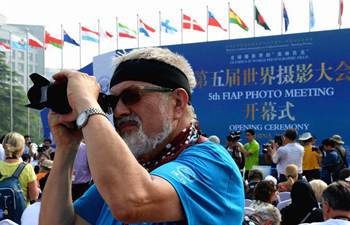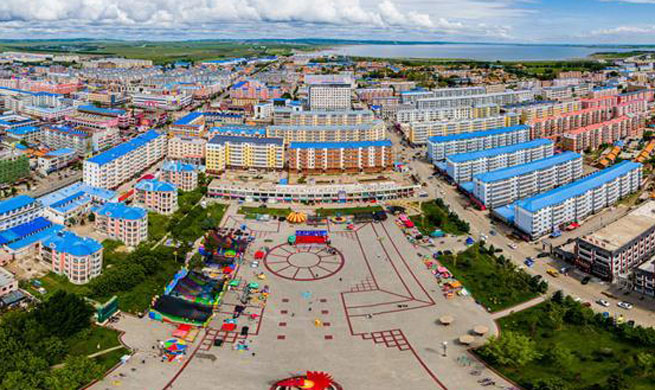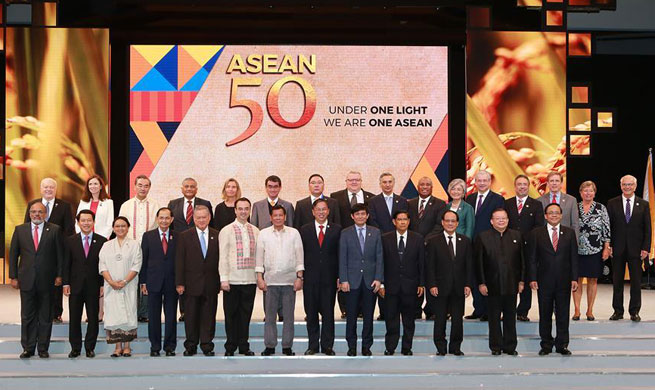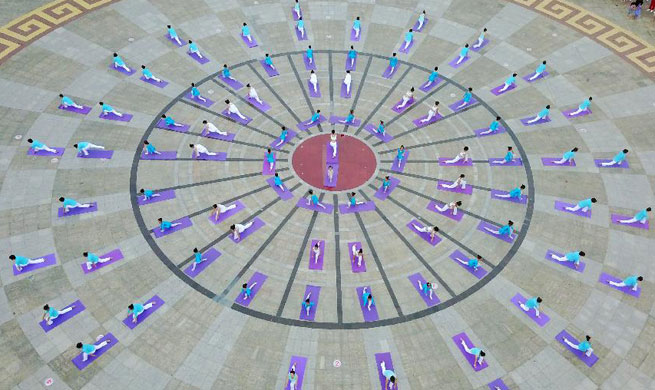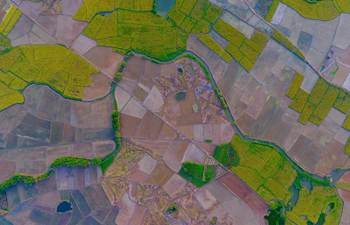MANILA, Aug. 8 (Xinhua) -- The Association of Southeast Asian Nations (ASEAN) marked the 50th anniversary on Tuesday with its members pledging to strengthen integration and promote global engagement for future decades to come.
The 50th ASEAN Foreign Ministers' Meeting issued a joint communique under the theme "partnering for change, engaging the world."
It reaffirmed the organization's commitment to the full and effective implementation of the ASEAN 2025: Forging Ahead Together, which sets out the future direction for a politically cohesive, economically integrated, socially responsible and a truly rules-based, people-oriented, people-centered ASEAN Community.
The communique lauded ongoing efforts to effectively implement the Master Plan on ASEAN Connectivity (MPAC) 2025, which aims to achieve a seamlessly and comprehensively connected and integrated ASEAN that will promote competitiveness, inclusiveness, and a greater sense of community.
MORE REGIONAL PEACE
For the past 50 years, ASEAN has united a region once rife with conflicts, through boosting understanding and cooperation.
ASEAN has become a model of open regionalism and a consequential factor in addressing global as well as regional issues, said Michael Armacost, a fellow at the Walter H. Shorenstein Asia-Pacific Research Center (APARC) of Stanford University, at a forum held here last week.
When celebrating the golden jubilee of ASEAN, its members can take well-deserved pride in the prolonged peace it has preserved in Southeast Asia and the commitment its members have devoted to the principles of non- interference and decision-making by consensus, and then the doubling of its membership, which was accomplished without relinquishing faith in diversity or fidelity to the rule of law, he said.
ASEAN, a most successful endeavor at regional multilateralism, has proven to be inclusive, tolerant, and exemplary in bringing peoples and nations together for the common goal of peace, prosperity and progress, said Han Sung-Joo, professor of Korea University and former foreign minister of South Korea.
In a present era where geopolitics becomes more intricate, ASEAN needs to re-invent itself as a provider of regional leadership and exhibit leadership skill to address complex problems, said Pou Sothirak, executive director of the Cambodian Institute for Cooperation and Peace.
BETTER REGIONAL GROWTH
ASEAN has also contributed greatly to the vast improvement in the living standards of people in the region, and is expected to further boost regional development.
ASEAN's 50th anniversary is a potential starting point for a new era of development and investment growth, said Stuart Tait, HSBC's regional head of commercial banking in Asia-Pacific.
The emphasis on creating better-connected economies to help facilitate trade and investment is extremely important and it will help ASEAN maximize opportunities within the region as well as those stemming from the China-proposed Belt and Road Initiative, which is key to achieving ambitions to double bilateral trade between China and ASEAN to 1 trillion U.S. dollars by 2020, Tait said.
ASEAN can further tap its potentials in five aspects, namely common market, the Belt and Road Initiative, infrastructure construction, cooperation in production capacity and trade, and financial market integration, said Wang Chunxin, senior economist at the Bank of China (Hong Kong).
ASEAN's combined GDP hit around 2.4 trillion U.S. dollars in 2016. As a single entity, it ranked the 6th largest economy in the world last year.
When born on Aug. 8, 1967, in Bangkok, Thailand, it had five original member countries. By 1999, it expanded to 10 member countries. The bloc announced the establishment of the ASEAN Community on Dec. 31, 2015, a key milestone in its integration.
ASEAN groups Brunei, Cambodia, Indonesia, Laos, Malaysia, Myanmar, the Philippines, Singapore, Thailand and Vietnam, with a combined population of around 629 million people, or 8.8 percent of the world's total.









